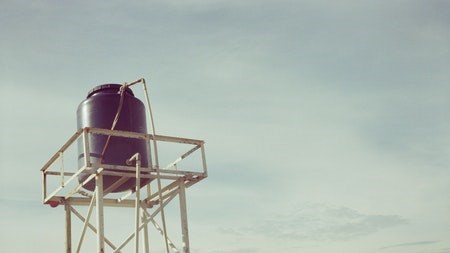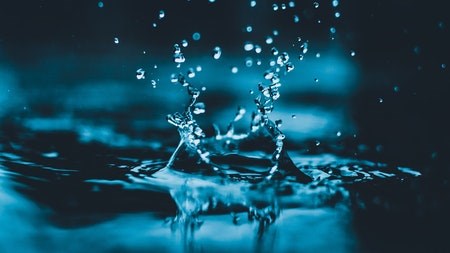Rainwater harvesting is the process of collecting the runoff of the rain and then storing it for future use. However, it entails more than just installing a water storage tank for watering the garden.
The most common way to harvest rainwater is by using the house’s roof. The rain collects in the gutters and then routes to a storage device. This can be a barrel or other more advanced storage device such as a large cistern.
Harvested rainwater can be used for farming, gardening, house cleaning, washing cars, and even drinking and cooking once properly treated. A harvesting system can be installed during the construction of a new home or easily retrofitted to an existing one. It is simple to expand, reconfigure and even relocate the system if needed.
Some people may be concerned that taking water away from stormwater systems may deplete groundwater and dams. However, a recent study by the Scientific World Journal found that rainwater harvesting has almost no effect on the hydrological cycle. Instead, this water finds its way back to the earth when used for watering gardens and other household tasks.
Advantages
In addition to being self-sufficient and independent of municipal services, there are several benefits to harvesting rainwater.
- It helps conserve water, as rainwater harvesters aren’t dependent on municipal water supplies.
- It reduces your utility bills, saving you money.
- Rainwater is free of chemicals such as chlorine, which makes it better for garden use.
- You can use rainwater as your primary water source or a backup source for emergencies.
- Collecting rainwater can take care of excessive runoffs from big storms that could damage the ground.
- It can solve drainage problems on your property.
- Rainwater harvesting technologies are simple, inexpensive and easily maintained.
Uses
You can use non-potable rainwater wherever tap water is used - except for drinking. It can be used for irrigation, house cleaning, bathing, flushing toilets, washing clothes, filling swimming pools, fish ponds and fountains and many other uses.
To make rainwater potable (fit for drinking and cooking), it needs to be appropriately treated. Rain on the roof and gutters can collect various contaminants, including viruses, bacteria, parasites and harmful chemicals that can make you sick.
So, before drinking your rainwater, it needs to be filtered, disinfected and purified. Keep in mind that it’s a lot easier to filter out materials before they enter the system than to remove them afterwards. Installing roof washers, filters and screens will minimise debris, and reduce the need for maintenance.
Even with filtration in place, though, small particles will find their way into the storage tank. In municipal water systems, disinfectants are added to destroy any micro-organisms that may cause illness. You need to do the same with your rainwater.
Chlorine has been used to disinfect public water systems for centuries, eliminating waterborne diseases like cholera, dysentery, hepatitis and typhoid. The dosage rate will depend on the volume of water to be treated, the water’s pH and its temperature. Applying the correct dosage is essential, so it’s best to check with an expert, such as a pharmacist or a laboratory technician, on how much chlorine you should use for your application.
The characteristic chlorine smell and taste can be removed by fitting an activated carbon filter. In addition, many activated carbon filters are produced from coconut shells, making them desirable green products.
Membrane filtration is another method for disinfecting rainwater, where water passes through layers of fabric, removing harmful chemicals in the process.
Reverse osmosis is a widely used membrane filtration system that can remove minute particles, including radium, bacteria, pesticides and viruses. Unfortunately, these systems tend to produce wastewater that must be processed, although the newer units are more eco-friendly and produce less waste. The most important thing in maintaining these systems is to change cartridges at the right time.
Systems
Collecting water in barrels is the easiest and most common method of harvesting rainwater. All you need to do is position a barrel at the gutter downpipe, and the rainwater will collect in it. Barrels don’t take up much space. But, on the other hand, they don’t hold much water, so they quickly overflow, and a lot of water could go to waste.
The second most common method is installing one or more water storage tanks linked to gutters and downpipes. To be most effective, tanks should be fairly close to the house or outbuildings.
If you want the rainwater collection device or tank some distance from the house, installing underground pipes to collect the water from several downpipes from different gutters is best. The rainwater then fills the underground pipes and rises in vertical pipes to be transferred into the tank. With this system, you can collect rainwater from the entire roof surface and not just a specific spot. However, it is more expensive than the other systems because of the underground piping, and you may need a pump to transfer the water into the tank.
Whichever system you choose, rainwater harvesting is a very feasible alternative to municipal water. It will eliminate water utility costs and is the answer if you’re planning to move to a rural area or want to start living off the grid in the city.




